5310008472229
Price Quote Get an up to date pricing and availability quote for this product. Order online or over the phone.
Quality Commitment
Serving our customers with quality and safety first.
- AS9120 Certified
- Audited supply chain
- ITAR Registered
- DDTC Registered
- HAZMAT Certified
- Customer service objectives
- Every product 100% inspected

5310-00-847-2229 Specification Set by the OEM (see RNCC code 3)
3b
RIGHT-Hand
prevailing torque with nonmetallic insert
6.234in. and 6.266in.
0.080in. and 0.110in.
round
6.485in. and 6.505in.
0.491in. and 0.521in.
0.484in. and 0.516in.
0.044in. and 0.106in.
4
-75.0 deg fahrenheit and 250.0 deg fahrenheit
un
12
5.740in. ⁓5-3/4"
90.0 degrees nut and 100.0 degrees nut
steel comp 4130 nut
MIL-S-6758, cond f mil spec 1st material response nut
phosphate zinc locking insert
MIL-P-16232, ty z, cl 4a mil spec 2nd treatment response locking insert
81205-BACN10Gr manufacturers standard
Cross Reference Parts Part numbers that meet the specification outlined on this page and set by the OEM
Identification Item Identification Guide (IIG) and Item Name Code (INC)
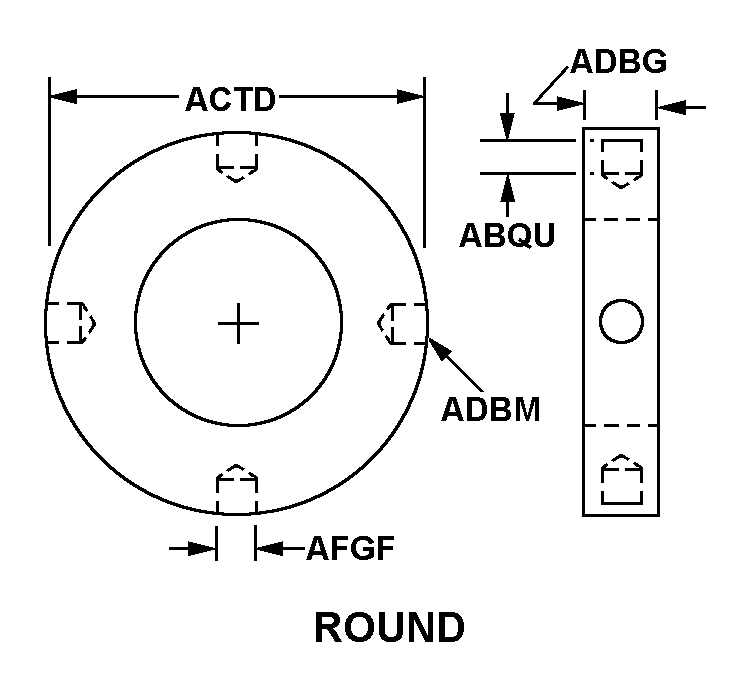
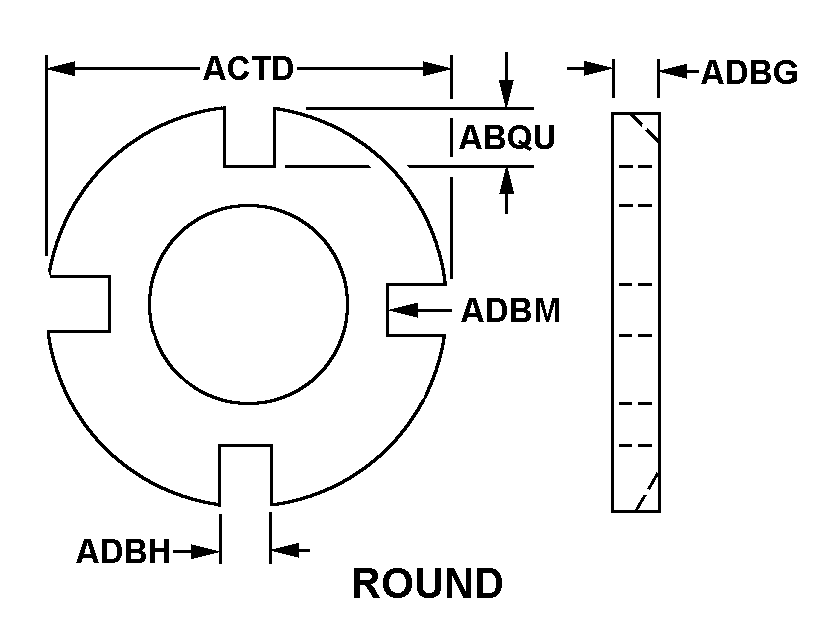
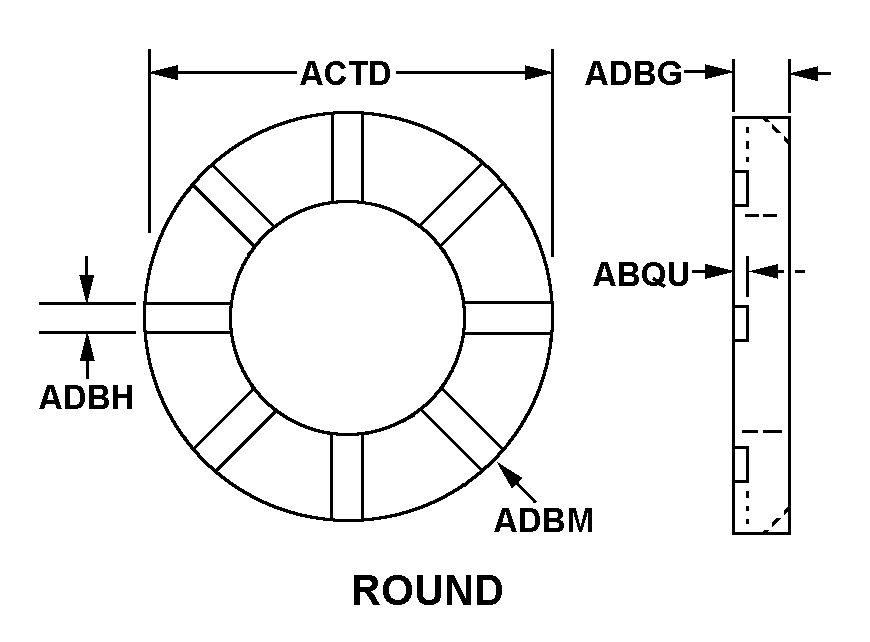
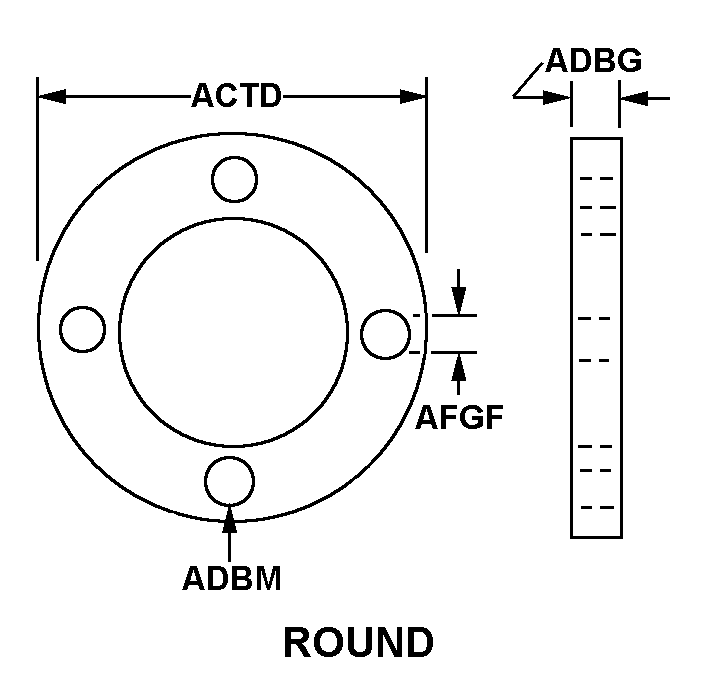
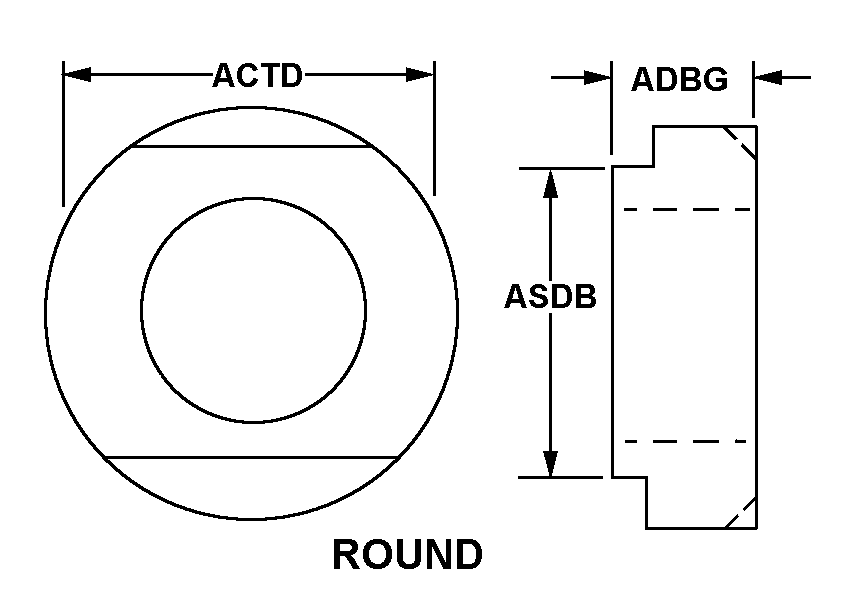
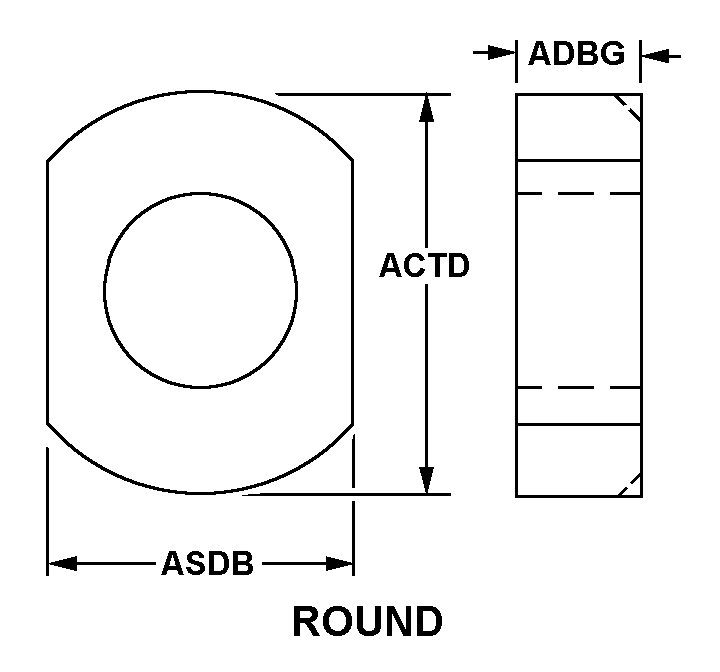
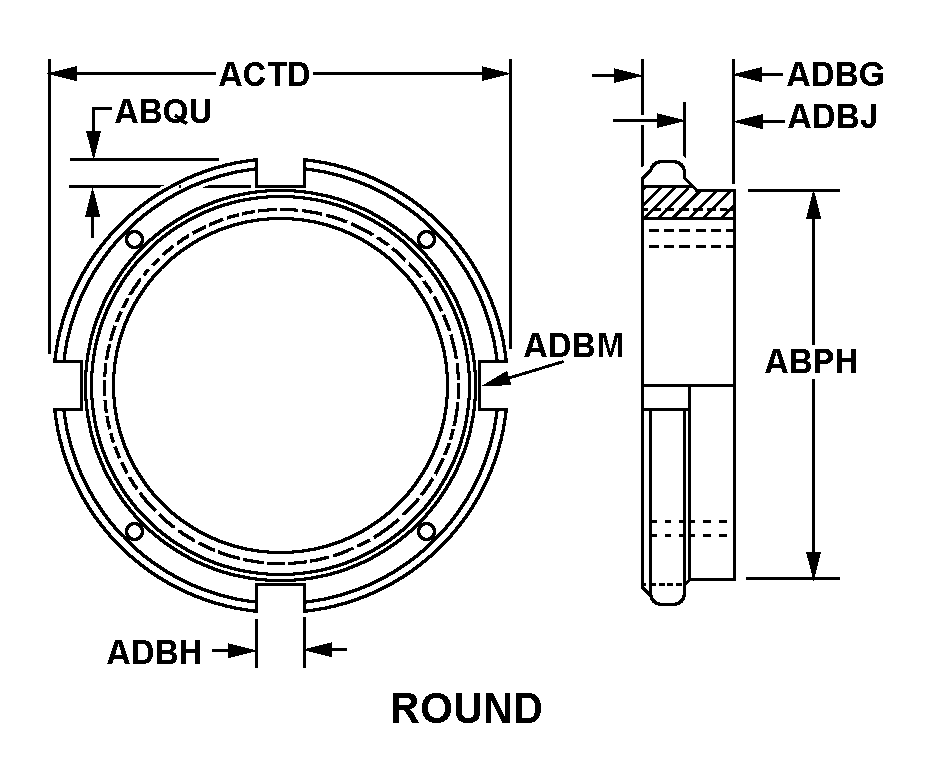
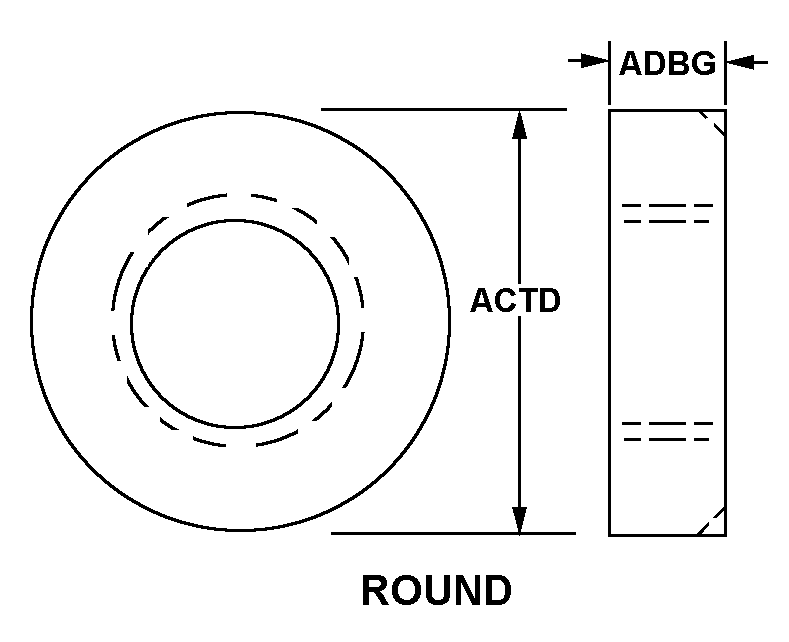

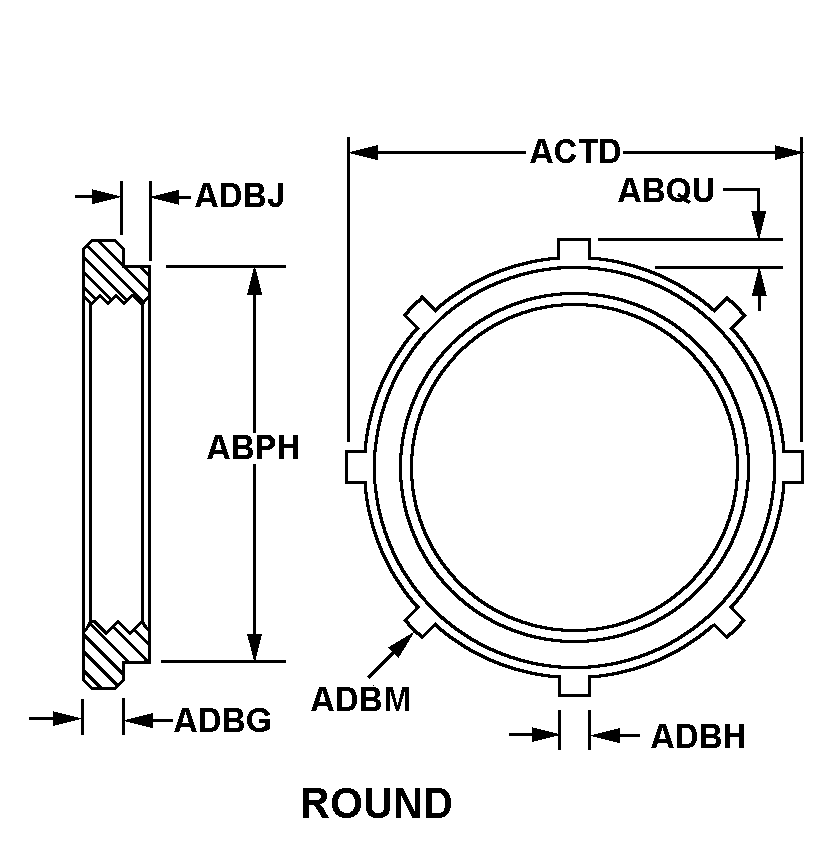

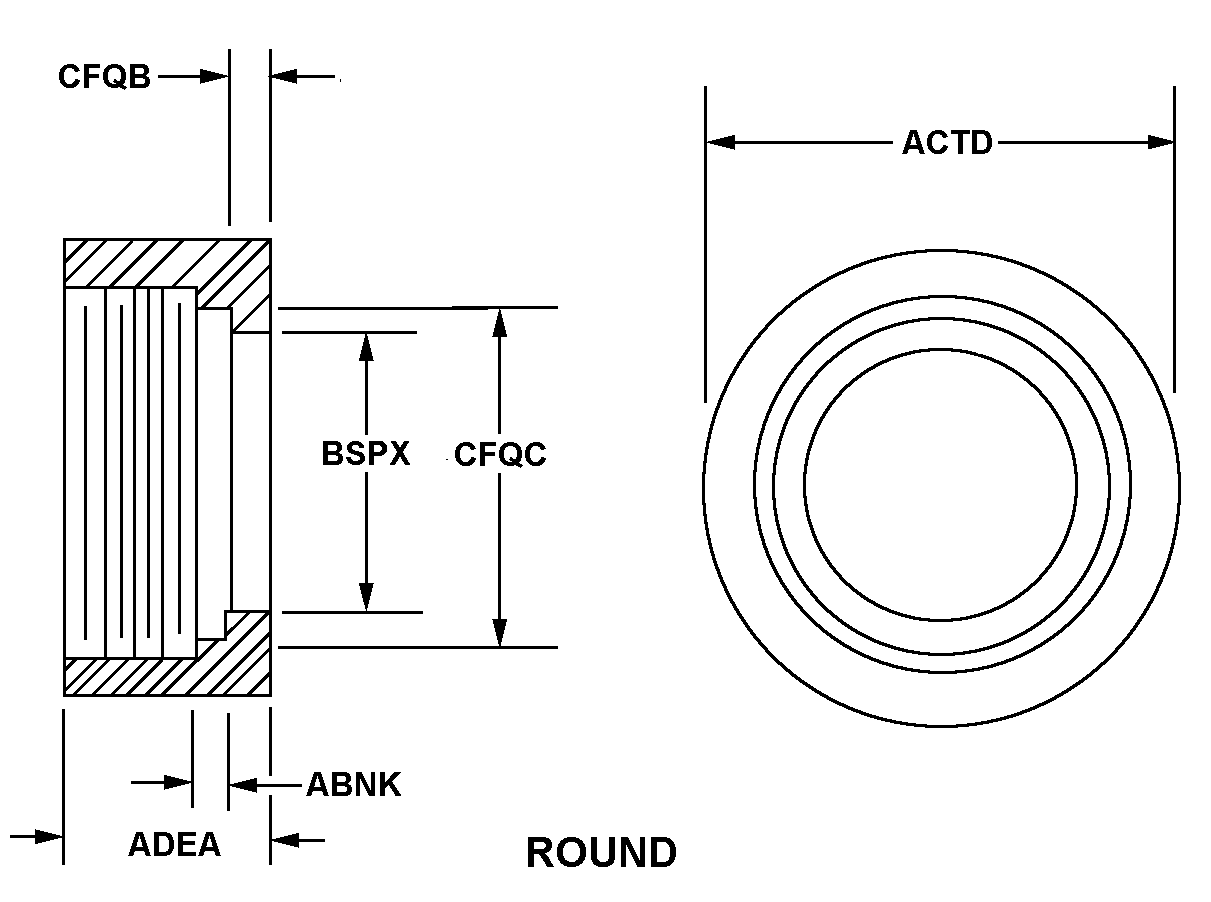
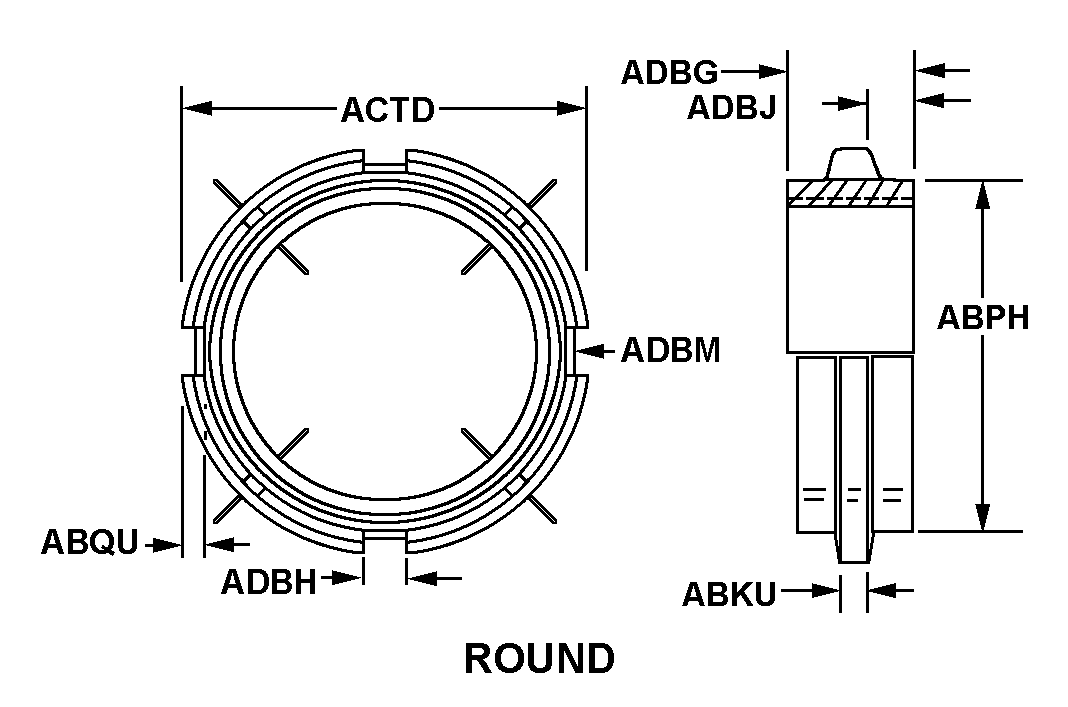
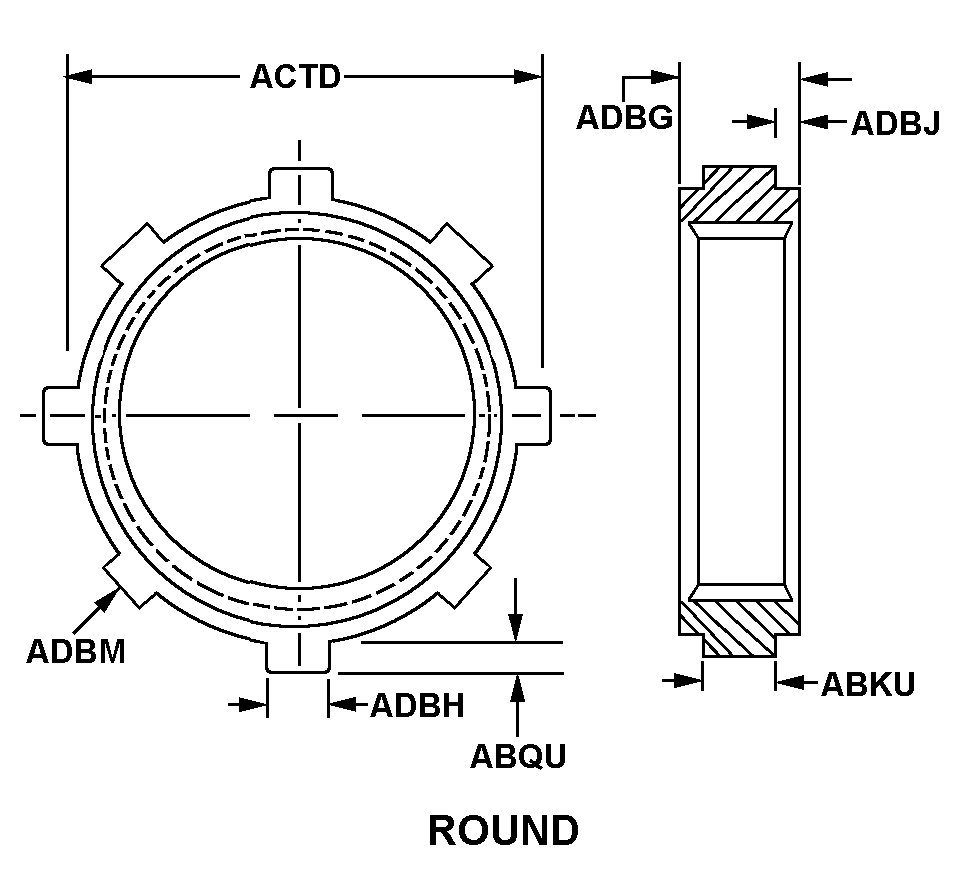
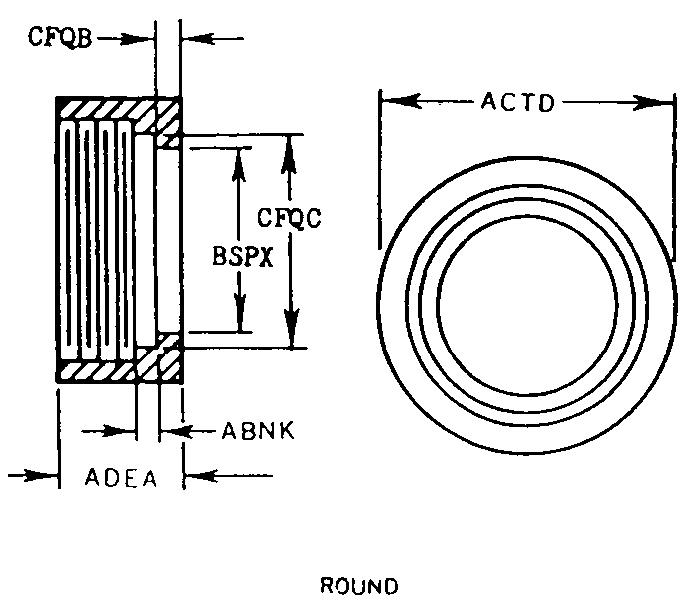
Definition Definition of approved item name (AIN): "NUT,SELF-LOCKING,ROUND"
A nut, circular in shape, which may have wrenching facilities such as flats, holes, protusions, slots or splines in or on the periphery or in the face opposite the bearing surface. An integral feature is incorporated for locking on the threads of a mating member. Do not use if a more specific item name applies. Excludes collar, pin-rivet, threaded; insert, screw thread; nut (1), sleeve; nut(1), plain, cap; and turnbuckle body.
Packaging & Dimensions Packaging instructions, special markings, and approx. weight/dims
Packaging Codes
OPI: Optional Procedure Indicator Code. A one position alpha code that indicates the allowable deviations from the prescribed requirements.
SPI No.: Special packaging instructions number.
LVL A/B/C: Indicates the type of shipping container required for level A, B, or C maximum packing protection.
SPC Mkg: A two position code that identifies the special markings applied to the container, which is part of the total pack to protect the contained item during preservation, packing, storage, transit and removal from the pack.
5310-00-847-2229 Material Hazmat, Precious Metals, Criticality, Enviroment, and ESD
Indicates there is no data in the hmirs and the nsn is in a fsc not generally suspected of containing hazardous materials.
Precious metal content is unknown
The item is an aviation critical safety item/flight safety critical aircraft part (acsi/fscap).
Identification Codes
HMIC: Hazardous Material Indicator Code. A one position code that identifies a hazardous item.
PMIC: Precious Metal Indicator Code. A one position code which identifies items that have precious metals as part of their content. precious metals are those metals generally considered to be uncommon, highly valuable, and relatively superior in certain properties such as resistance to corrosion and electrical conductivity.
ESD: Electrostatic Discharge. Indicates if an item is susceptible to electrostatic discharge or electromagnetic interference damage. electrostatic discharge damage occurs when an accumulation of static electricity generated by the relative motion or separation of materials is released to another item by direct contact. electromagnetic interference damage occurs when an item comes into proximity with an electrostatic or magnetic field.
ENAC: Enviromental Attribute Code. Identifies items with environmentally preferred characteristics.
CRITL: Criticality Indicator Code. Indicates an item is technically critical by tolerance, fit, application, nuclear hardness properties, or other characteristics.






